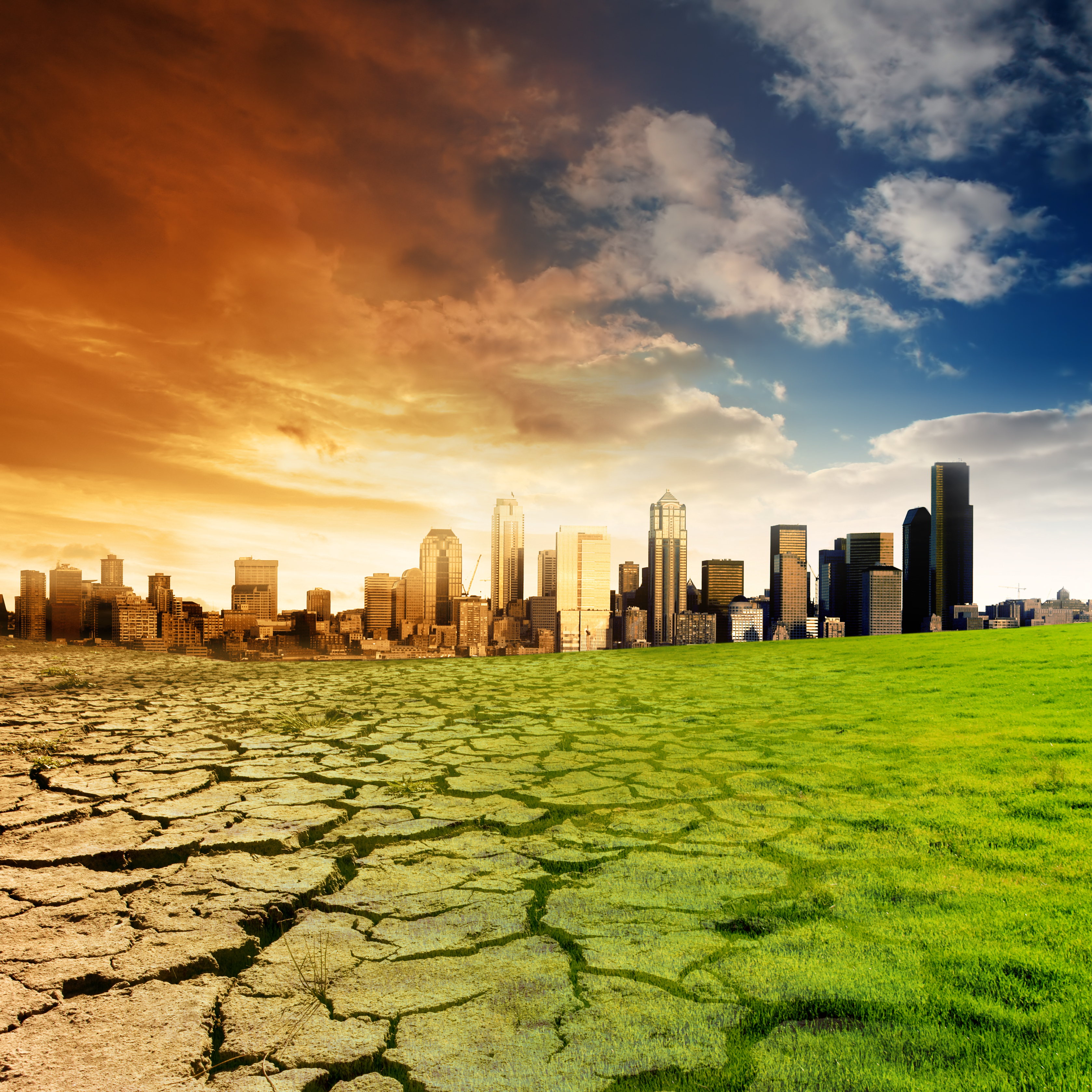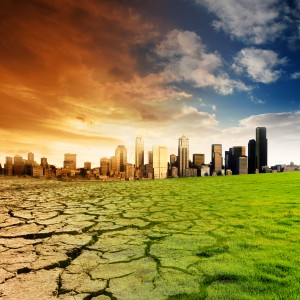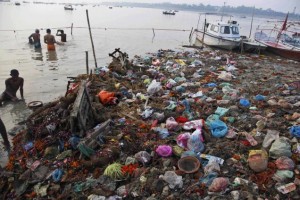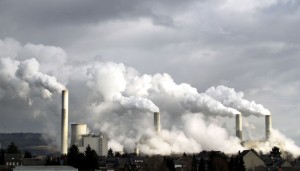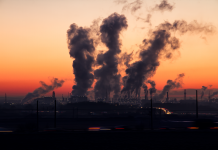In this blog post, Sunidhi, a student of the Rajiv Gandhi National University of Law, Patiala has explained the current scenario of the natural environment in India. The blog post explains the lacunae in the environmental law in India and its impact on the environment.
One reads every day about the degradation of the environment, destruction of the earth, traumatic subversion of the ecosystem, poisoning of air, water, and food and technological plunder of the resources of nature.[1] It is high time that we must shape our actions towards the whole world taking more care about their environmental consequences. Through insensitivity, we can do substantial damage to the environment on which our whole life depends. Conversely, through greater knowledge and wiser action, we can achieve for ourselves a prosperous life in a healthy environment.
The problem of environmental pollution dates back to the evolution of Homosapiens on this planet. The development of science and technology and the ever-increasing world population brought about tremendous changes in the earth’s environment. These changes upset the ecological laws, thereby shaking the balance of human life. Therefore, it has become necessary to regulate human behavior and social transactions with better laws, designed to suit the changed circumstances. To manage and face the myriad challenges of the ever-changing environment, a new branch of law, known as environmental law, emerged.
Environmental scenario in India
The Environmental Performance Index (EPI) published by the Center for International Earth Science Information Network (CIESIN), Columbia University and the Yale Center for Environmental Law and Policy (YCELP) reveals that in 2014, India ranked 155th out of 178 countries with an index score of 31.23 points, in its efforts to address environmental challenges. In other words, India’s performance is deteriorating by a large scale.
Water
In large parts of India, people are facing scarcity of water for both drinking and irrigation purposes. Rivers, lakes and other large water bodies have been contaminated. Even Ganga, the holiest river has been polluted. Each day, more than 500 million liters of wastewater from industrial sources are dumped directly into the Ganga. In many places, this wastewater entering the rivers is completely raw, completely untreated.[2]
Forests
The current state of forest report warns that India is losing its forest wealth rapidly and, if nothing is done urgently, it will lead not only to various environmental problems but also derive the tribal people of their primary source of livelihood. The Himalayas are under serious ecological threat as the forest cover has reduced to less than 11%.[3] The ecologically fragile and biodiversity rich rainforests are fast disappearing in the coastal belt of Kerala, Maharashtra, and Karnataka from heavy industrial and urban development.[4]
Air Pollution
Vehicular pollution has emerged as the major contributor to the poisoning of the air we breathe. The cities in India are choking on air pollution because of emissions from industrial, domestic and vehicular sources. A Central Pollution Control Board report shows that vehicles cause 70% of air pollution in Delhi.[5] Even in the best-planned city of Chandigarh, the annual geometric mean of dust is considerably higher than WHO standard.[6] As a result of the noxious emissions into the atmosphere, heart problems, respiratory diseases, asthma, etc. are on the rise.
Through uncontrolled urbanization and industrialization, with utter disregard towards environmental concerns, we have effectively succeeded to alter our eco-system and dangerously so. The exponentially increasing population, relentless denudation of forest, falling of ground water table, an increase of air and water pollution, are eroding the life-sustaining resource base and posing a serious threat to people’s life, health and livelihood.
Lacunae in Environmental Acts & Policies
The polluter and the protector of the environment are often mired in the traditional debate ‘development v. environment.’ While it is prudent to try new initiatives and strategies to find the middle path, the present mechanisms that have been evolved by State or through judicial interventions is far from satisfactory. A careful review of the environment protection laws clearly indicates that it is more of a reactive response to an emergent situation rather than a carefully planned preemptive strategy to control degradation of the environment. In some cases, courts gave directions to fill yawning gaps in existing law.
In most cases, courts have issued directions to remind statutory authorities of their responsibility to protect the environment. Thus, directions were given to local bodies, especially municipal authorities, to remove garbage and waste in order to clean towns and cities. The Acts provide that the person in charge or the officer responsible for the conduct of the business of a company would be held liable for offenses committed by the company. The MNCs hire local people to run their businesses established in different countries. If they violate the law, it is the recruited staff who suffers and not the corporations. The Acts also fail to impose any liability when the MNCs fail to take the same safety measures, for installation of industries in our country, which they are bound to observe in their countries.
The quantum of liability imposed on a corporation by the anti-pollution legislations in India appear to be inappreciable and inadequate to bring the desired changes. They have failed in their basic task of deterring the big enterprises and transnational corporations, preventing them from causing further harm and restoring the damage caused to the environment.
The relevant provisions provide that the right spirited members of the society can draw the attention of the Board on any matter relating to pollution of the environment, but, it is necessary that 60 days time should be given to the Board or Central Government before filing a complaint. In the meantime, the offender of environmental pollution may destroy the evidence against it and evade its liability. The provision of anti-pollutions Acts not only overlap but also are pregnant with conflicting interests. These laws prescribe different punishments for a similar offence and lay down that the benefit of it should go to the accused. This operates as a negative factor as it facilitates the corporations to flee with minor or no penalties.
The environment laws in India have provided for the establishment of Pollution Control Boards (PCBs) to prosecute the delinquents. These boards are constituted of experts in this field and are expected to carry out their tasks efficiently. But the expectations are far from reality. The appointment depends on upon the will of the government and in reality; even non-experts and non-experienced persons are appointed. Very often, the boards are restrained from discharging their functions due to political interference. Political big shots are often reluctant to prosecute the MNCs & domestic corporations from which huge taxes are received and are, therefore, inevitable for the economic development of the nation. So, they escape liability most of the times.
The Bhopal catastrophe discloses the malady of a legal system that failed to stress on the mandatory need for an open EIA. Bhopal is a victim of the discretionary model of EIA. When a license was applied for, and the Carbide plant was about to start operations, many factors seem to have been overlooked or ignored- there were bungalows near the site, a housing estate was being built close by, and the Bhopal railway station, the centre of hectic commercial and trading activities, was only 3 kilometers away. It was alleged that approval was given to a plant, whose design was defective from the standpoint of safety and that Canada had reportedly rejected a project of identical design. Moreover, there were reports of several accidents.[7] The dark side of the discretionary model was revealed after this disaster.
India has enough laws for regulation and protecting the environment, but there are many loopholes in anti-pollution laws that need to be checked for safeguarding the environment.
Footnotes:
[1]J. V.R. Krishna Iyer, Environmental Pollution and the Law, 1984, p 4.
[2] Industrial Waste Management, Green Ganga Action Parivar, available at http://www.gangaaction.org/actions/issues/industrial-waste-management/ (last accessed on 10/02/2016).
[3] Jean-Marie Baland (CRED, Namur), Pranab Bardhan (University of California, Berkeley), Sanghamitra Das (ISI, Delhi) and Dilip Mookherjee (Boston University), Forest Degradation in the Himalayas: Determinants and Policy Options, available at http://www.isid.ac.in/~pu/conference/dec_09_conf/Papers/DilipMookherjee.pdf (last accessed on 10/02/2016).
[4] Ibid.
[5] Environmental Abuse on Rising, Indian Express, New Delhi, December 2, 1995, p 10.
[6] Annual Report 1990-91 of Central Pollution Board, Delhi, p 43.
[7] ‘MP Government had been warned,’ Indian Express, Cochin, 5 December 1984.



